Back to Courses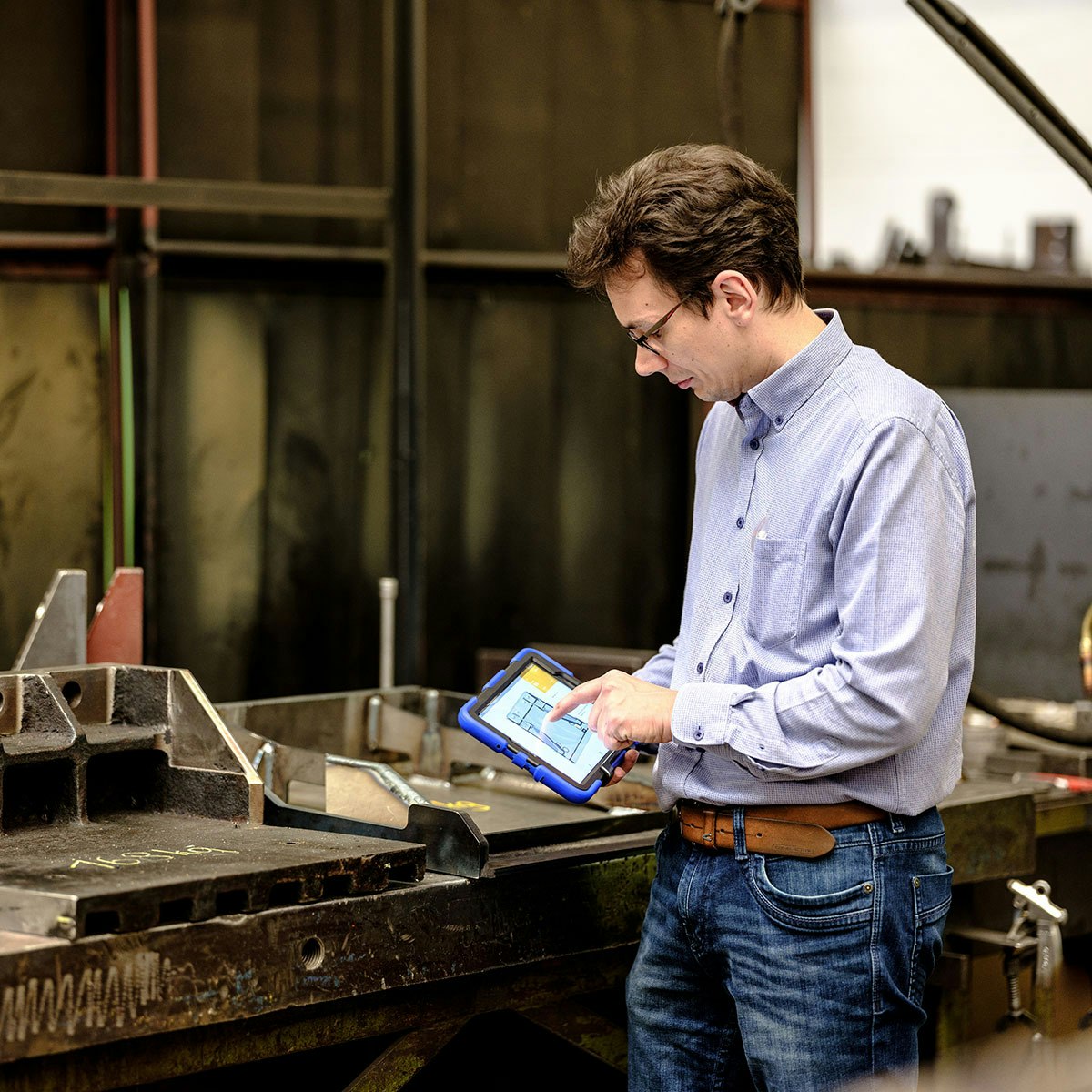


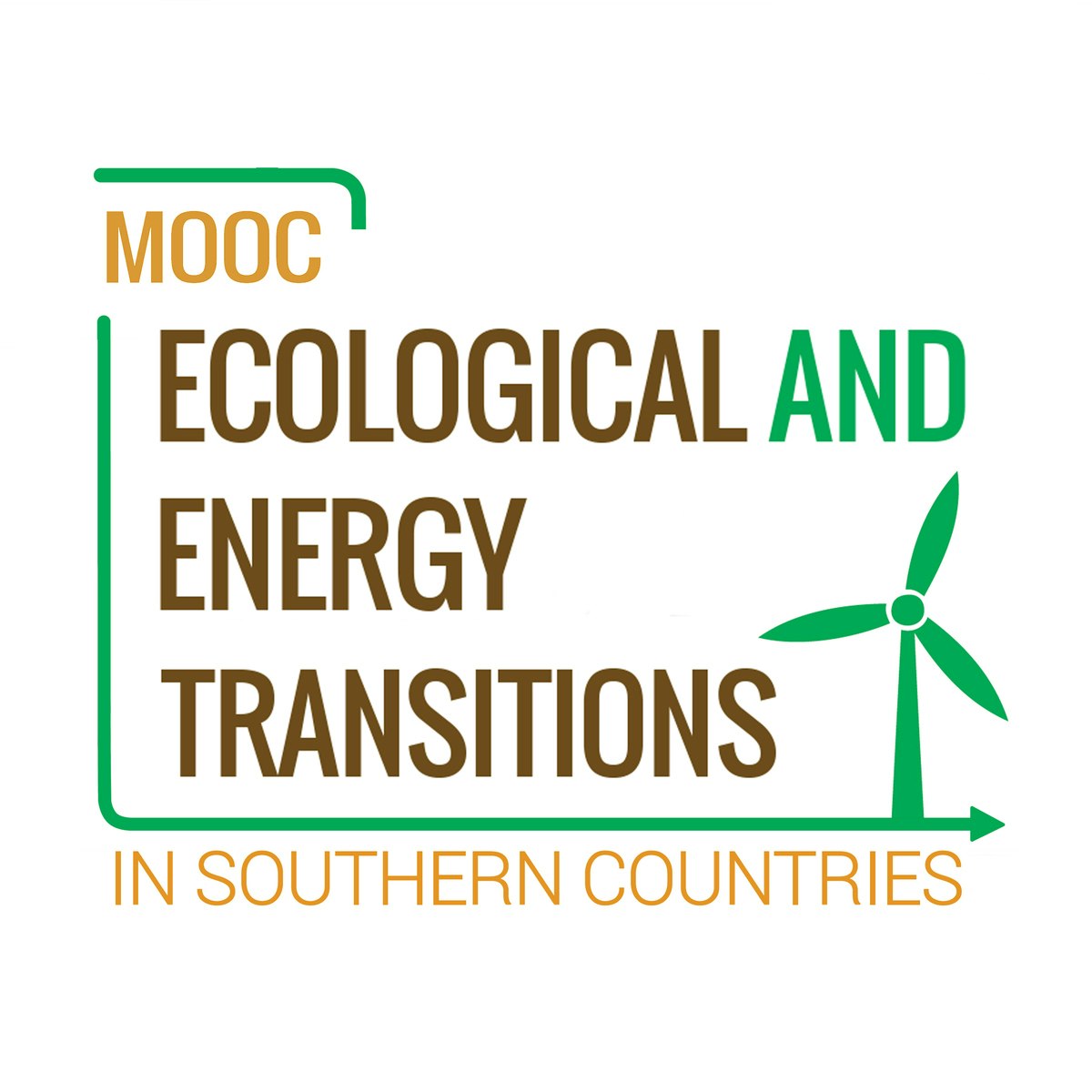

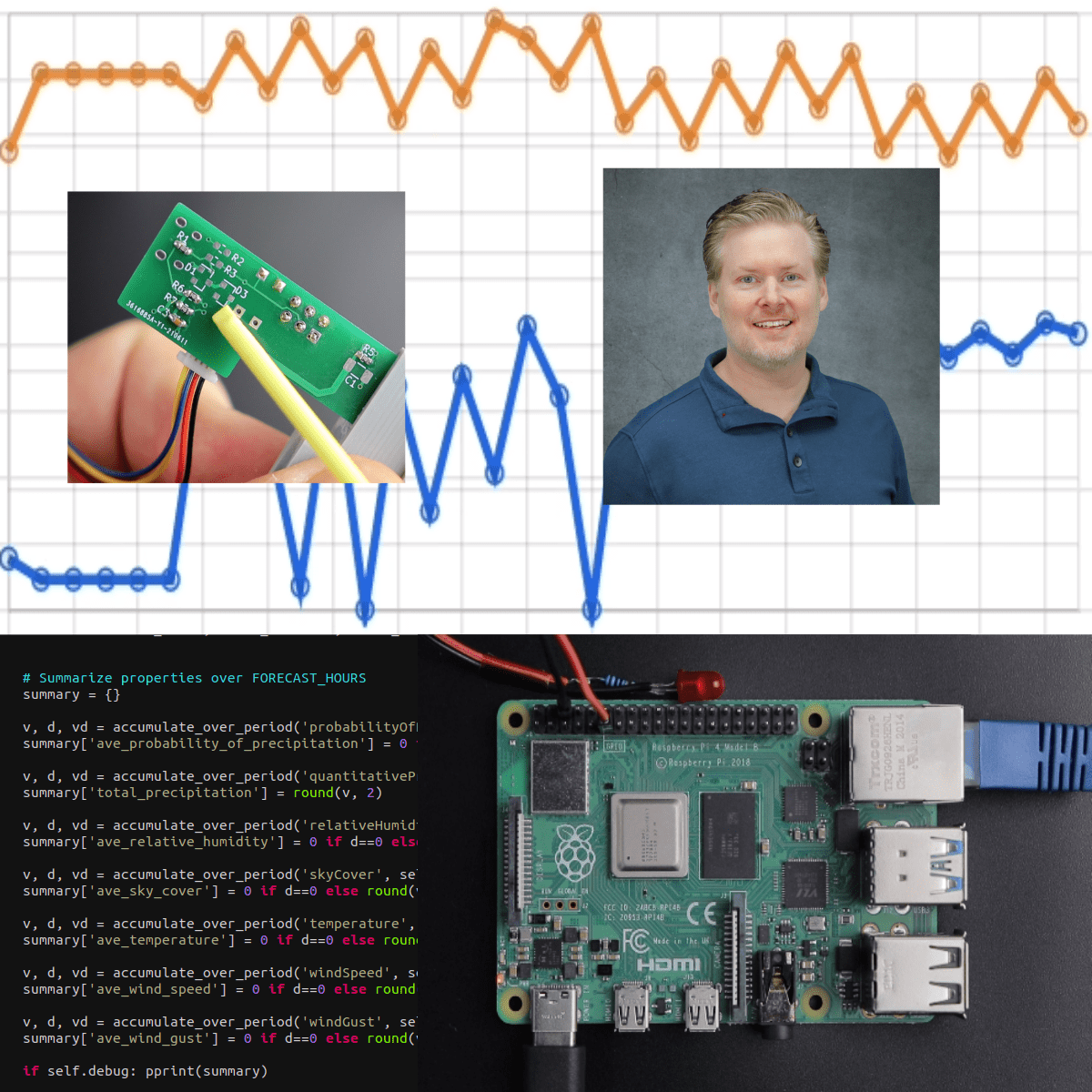

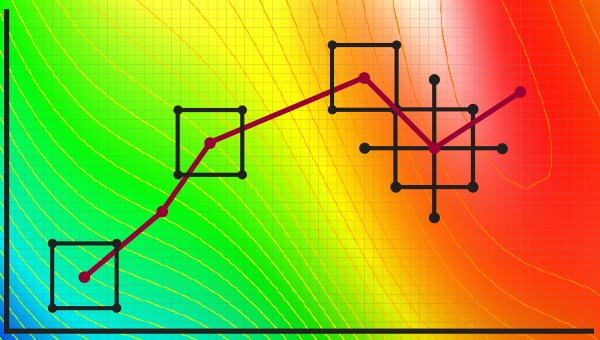
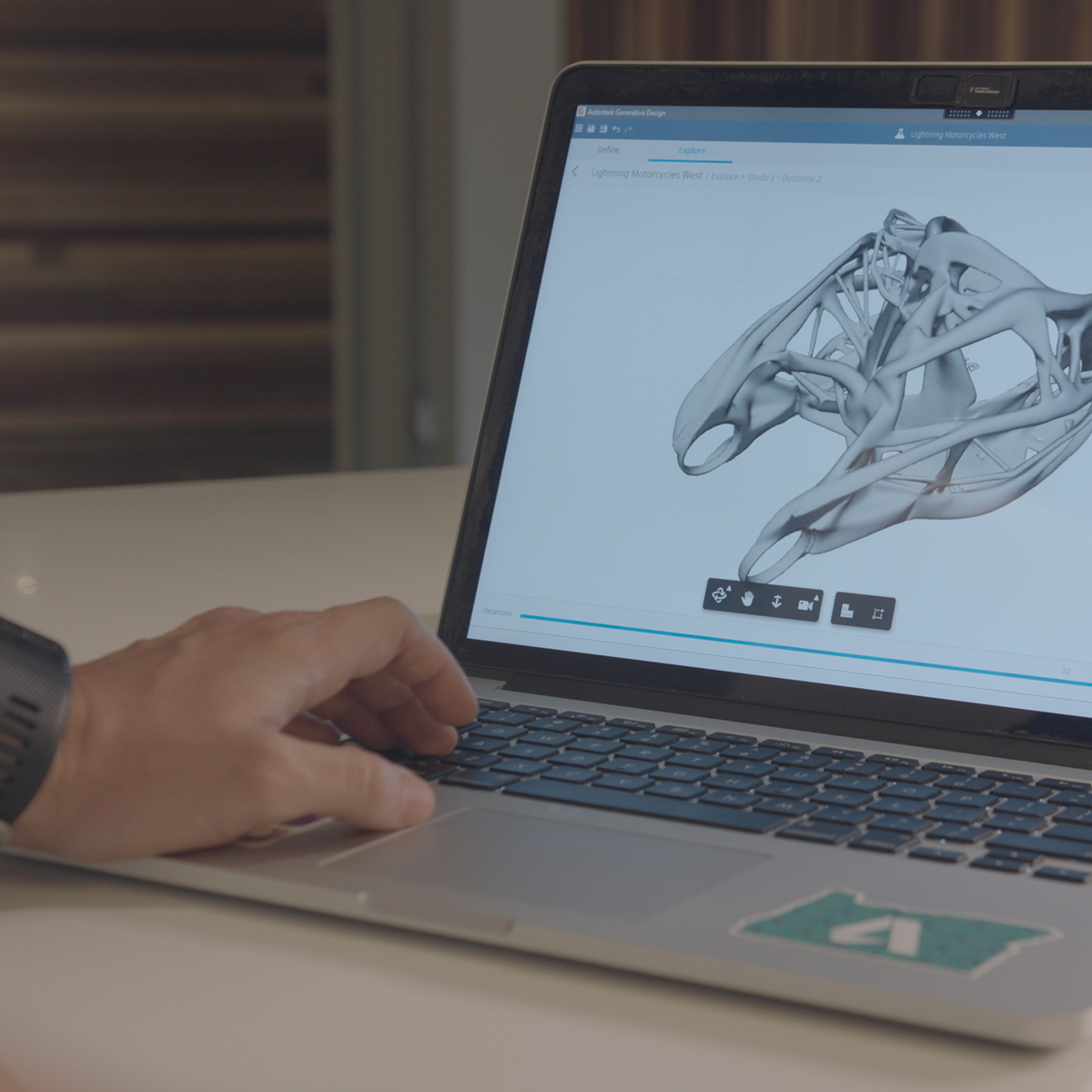

Physical Science And Engineering Courses - Page 32
Showing results 311-320 of 522

Modeling and Design for Mechanical Engineers with Autodesk Fusion 360
There are many considerations that play a part in engineering a new product. Regardless of what that product is, there are fundamentals such as form, fit, and function when it comes to digital modeling. In this course, we lay the foundation to create any design and dive deep into topics about the control of the design. From assembly joints and joint limits to complex shapes using forms, rest assured that your design will be rock solid.
After completing this course you'll be able to:
- Create and drive a mechanical gear assembly.
- Create and modify a form-based design.
- Use design tools for molded parts.
- Demonstrate proficiency in the setup and creation of a design.
Looking for Autodesk Fusion 360 certification prep courses? Check out additional learning resources to help you uplevel your skills: https://www.autodesk.com/learning

Climate Change, Sustainability, and Global Public Health
The third course of the Impacts of the Environment on Global Public Health specialization will introduce you to two major environmental health challenges facing the world today. The first is climate change –the preeminent threat to public health today, and a threat that will impact every human and ecosystem on the planet. We will evaluate the causes and impacts of climate change, as well as policies and approaches that can be used to reduce the impacts of climate change on human health. The second is sustainability, a concept that can be applied to reduce the impacts of human activities on the environment as well as human health. We will explore different sustainability frameworks, as well as the effects of different energy generation sources on the environment and public health.

Solar Energy Systems Overview
By the end of this course, learners will have acquired a broad understanding of the history and mechanics behind converting light into electricity, commonly known as photovoltaics (PV). They are empowered to recognize and describe elements of a PV system, enabling them to: compare the most common types of solar cells, sketch a solar PV system, and analyze differences between rooftop and ground mounting configurations. The course explores economic considerations, touching on solar PV costs for residential and commercial use, incentives, and contrasts solar power with fossil fuel and nuclear plants.
This course is ideal for anyone interested in entering the solar power sector, whether fresh to the workforce or switching industries. The curriculum is especially useful for engineers, HVAC installers, architects, and building code inspectors.
Material includes online lectures, videos, demos, project work, readings and discussions. This is the first course in the Solar PV for Engineers, Architects and Code Inspectors specialization. To learn more about the specialization, check out a video overview at https://youtu.be/XjkKzbXqA6s.

Ecological and Energy Transitions in Southern Countries
The Agence Française de Développement and the Ecole normale supérieure are launching the fourth edition of the MOOC “Ecological and Energy Transitions in Southern Countries".
This edition will be launched simultaneously in 4 languages:
· In english : Ecological and Energy Transitions in Southern Countries
· In french : Transitions énergétique et écologique dans les pays du Sud
https://www.coursera.org/learn/transitions-energetiques-pays-du-sud/
· In spanish : Transiciones energéticas y ecológicas en los países del Sur
https://www.coursera.org/learn/transiciones-energeticas-y-ecologicas-en-los-paises-del-sur
. In portuguese : Transição energética e ecológica em países do sul https://www.coursera.org/learn/transiao-energtica-e-ecologica-em-paises-do-sul
This MOOC is at the junction between the development of Southern countries and sustainable development.
It has:
1) a macroeconomic and financial dimension, developed by Gael Giraud and Alain Grandjean;
2) an ecological and climatic dimension, developed by David Claessen and ENS speakers; and
3) a focus on Southern countries, developed by AFD speakers.
Here are the learning goals for the entire training program:
Goal 1: Be able to understand the relationship between the energy transition, the ecological transition, the role of energy in our economy, our economic development model, and financing issues.
Goal 2: Know how to advocate for and lobby on issues and on the need to change reality in order to implement strategies and action plans.
Goal 3: Be able to make a link between the Energy transition and financing solutions, and between comprehension and action.
No one questions the imperative need to ensure development based on personal well-being and a fair distribution of wealth.
The Challenges of a Transition for All
Until now the development of Northern countries has been based on an increasing exploitation of energy resources and a greater freedom of trade and exchange at the global scale. We now know that such a model is no longer sustainable, due to global warming and to the overexploitation of resources, which lead to health, social, and environmental disasters.
The Role of Developing Countries
With that in mind, how can we ensure fair and equitable growth for all? What role do countries from the different regions in the South have to play in this complete upheaval of the current economic, trade, and political models in order to achieve an effective energy and ecological transition?
A MOOC to Respond to these Questions
This free online training offers complementary perspectives from several specialists of issues related to climate change and the development of Southern countries. They will share their very practical understanding of the current crises and the answers that can be provided. Participants will learn from studies by:
• Researchers from the prestigious École Normale Supérieure in Paris
• Field experts from the Agence Française de Développement, a funding agency that has been committed to helping developing countries for 75 years,
• Carbone 4 founder Alain Grandjean, who will share his experience, in particular on the economic and financial aspects.
Here is the program:
1. Our development model is ecologically unsustainable
2. The dominant economic models hinder the energy and ecological transition
3. The energy transition path: decarbonizing GDP
4. The model of an ecological transition to new prosperity
5. Governance of the energy and ecological transition
6. Financing the energy and ecological transition

Creating Toolpaths for a CNC Lathe
CNC machines come in an almost endless array of configurations for various applications. So far, we have only talked about CNC Mills. More specifically vertical milling centers. In this course we turn our attention to the CNC Lathe. We identify the difference in a lathe’s coordinate system, tools, and how to create lathe specific toolpaths.
Want to take your learning to the next level? Complete the Autodesk CAD/CAM for Manufacturing Specialization, and you’ll unlock an additional Autodesk Credential as further recognition of your success! The Autodesk Credential comes with a digital badge and certificate, which you can add to your resume and share on social media platforms like LinkedIn, Facebook, and Twitter. Sharing your Autodesk Credential can signal to hiring managers that you’ve got the right skills for the job and you’re up on the latest industry trends like generative design.
Enroll in the Specialization here: https://www.coursera.org/specializations/autodesk-cad-cam-manufacturing
Looking for Autodesk Fusion 360 certification prep courses? Check out additional learning resources to help you uplevel your skills: https://www.autodesk.com/learning

Using Sensors With Your Raspberry Pi
This course on integrating sensors with your Raspberry Pi is course 3 of a Coursera Specialization and can be taken separately or as part of the specialization. Although some material and explanations from the prior two courses are used, this course largely assumes no prior experience with sensors or data processing other than ideas about your own projects and an interest in building projects with sensors.
This course focuses on core concepts and techniques in designing and integrating any sensor, rather than overly specific examples to copy. This method allows you to use these concepts in your projects to build highly customized sensors for your applications.
Some of the ideas covered include calibrating sensors and the trade-offs between different mathematical methods of storing and applying calibration curves to your sensors. We also discuss accuracy, precision, and how to understand uncertainty in your measurements. We study methods of interfacing analog sensors with your Raspberry Pi (or other platform) with amplifiers and the theory and technique involved in reducing noise with spectral filters. Lastly, we borrow from the fields of data science, statistics, and digital signal processing, to post-process our data in Python.

Understanding Modern Physics I: Relativity and Cosmology
Course Overview: https://youtu.be/xyF-MmGNxd0
The 20th century was known as the century of physics. In the past 120 years, concepts such as space, time, energy, entropy and particles were understood to much deeper levels. New paradigms of thinking such as relativity and quantum mechanics emerged.
This course is the first course in the Understanding Modern Physics series, which covers an introduction to special relativity, general relativity and cosmology. We will find: (i) How space and time are relative to observers, and unified into a more fundamental construction of spacetime; (ii) Why the spacetime is not absolute, but rather curves in response to matter, and how gravity emerge as a result of such spacetime curvature; and (iii) What is the framework to understand the evolution of the whole universe, and how that is related to problems such as the origin of space and matter, and the fate of our universe.
Note: the videos with a (*) are optional. They provide complementary information but not in the learning objective or assignment questions. Feel free to choose to watch them or not.

Experimentation for Improvement
We are always using experiments to improve our lives, our community, and our work. Are you doing it efficiently? Or are you (incorrectly) changing one thing at a time and hoping for the best?
In this course, you will learn how to plan efficient experiments - testing with many variables. Our goal is to find the best results using only a few experiments. A key part of the course is how to optimize a system.
We use simple tools: starting with fast calculations by hand, then we show how to use FREE software.
The course comes with slides, transcripts of all lectures, subtitles (English, Spanish and Portuguese; some Chinese and French), videos, audio files, source code, and a free textbook. You get to keep all of it, all freely downloadable.
This course is for anyone working in a company, or wanting to make changes to their life, their community, their neighbourhood. You don't need to be a statistician or scientist! There's something for everyone in here.
⎯⎯⎯⎯⎯⎯⎯⎯⎯⎯⎯⎯⎯⎯⎯
Over 1500 people have completed this online course. What have prior students said about this course?
"This definitely is one of the most fruitful courses I have participated at Coursera, considering the takeaways and implementations! And so far I finished 12 [courses]."
"Excelente curso, flexible y con suficiente material didáctico fácilmente digerible y cómodo. No importa si se tiene pocas bases matemáticas o estadísticas, el curso proporciona casi toda explicación necesaria para un entendimiento alto."
"I wish I had enrolled in your course years ago -- it would have saved us a lot of time in optimizing experimental conditions." Jason Eriksen, 3 Jan 2017
"Interesting and developing both analytical and creative thinking. The lecturer took care to bring lots of real live examples which are fun to analyze." 20 February 2016.
"... love your style of presentation, and the examples you took from everyday life to explain things. It is very difficult to make such a mathematical course accessible and comprehensible to this wide a variety of people!"
⎯⎯⎯⎯⎯⎯⎯⎯⎯⎯⎯⎯⎯⎯⎯

Generative Design for Performance and Weight Reduction
There are many considerations and factors that play a part in designing a new product. Cost is usually a big one, but sometimes there are other factors that are the main contributors to a product's direction. With vehicles, specifically motorcycles, we see advanced engineering practices performed on seemingly minor parts. In some instances, making a part as light as possible can have a big effect on performance. In other cases, the strength or stiffness of a part, such as a motor mount, is more critical than its mass. Generative design allows us the ability to solve for both problems at the same time and make informed design decisions without the sacrifice. In this course, we’ll explore how generative design can be applied to motorcycle parts to help reduce mass while also increasing performance.
You’ll need a paid subscription to Fusion 360 to complete the assignments in this course. Be sure to review your access or payment options before enrolling: https://www.autodesk.com/products/fusion-360
Want to take your learning to the next level? Complete the Autodesk Generative Design for Manufacturing Specialization, and you’ll unlock an additional Autodesk Credential as further recognition of your success! The Autodesk Credential comes with a digital badge and certificate, which you can add to your resume and share on social media platforms like LinkedIn, Facebook, and Twitter. Sharing your Autodesk Credential can signal to hiring managers that you’ve got the right skills for the job and you’re up on the latest industry trends like generative design.
Enroll in the Specialization here: https://www.coursera.org/specializations/autodesk-generative-design-manufacturing
Looking for Autodesk Fusion 360 certification prep courses? Check out additional learning resources to help you uplevel your skills: https://www.autodesk.com/learning

Techniques of Design-Oriented Analysis
This course can also be taken for academic credit as ECEA 5706, part of CU Boulder’s Master of Science in Electrical Engineering degree.
This is Course #2 in the Modeling and Control of Power Electronics course sequence. The course is focused on techniques of design-oriented analysis that allow you to quickly gain insights into models of switching power converters and to translate these insights into practical converter designs. The design-oriented techniques covered are the Extra Element Theorem and the N-Extra Element Theorem (N-EET). Through practical examples, it is shown how the EET can be used to simplify circuit analysis, to examine the effects of initially unmodeled components, and to design damping of converters such as SEPIC and Cuk to achieve high-performance closed-loop controls. The N-EET will allow you to perform circuit analysis and to derive circuit responses with minimum algebra. Modeling and design examples are supported by design-oriented MATLAB script and Spice simulations. After completion of this course, the student will gain analytical skills applicable to the design of high-performance closed-loop controlled switching power converters.
We strongly recommend students complete the CU Boulder Power Electronics specialization as well as Course #1 Averaged-Switch Modeling and Simulation before enrolling in this course (the course numbers provided below are for students in the CU Boulder's MS-EE program):
● Introduction to Power Electronics (ECEA 5700)
● Converter Circuits (ECEA 5701)
● Converter Control (ECEA 5702)
● Averaged-Switch Modeling and Simulation (ECEA 5705)
After completing this course, you will be able to:
● Understand statement and derivation of the Extra Element Theorem
● Apply the Extra Element Theorem to converter analysis and design problems
● Understand the statement of the N-Extra Element Theorem
● Apply the N-Extra Element Theorem to converter analysis and design problems
● Apply techniques of design-oriented analysis to analysis, design, and simulations of switching converters
Popular Internships and Jobs by Categories
Find Jobs & Internships
Browse
© 2024 BoostGrad | All rights reserved